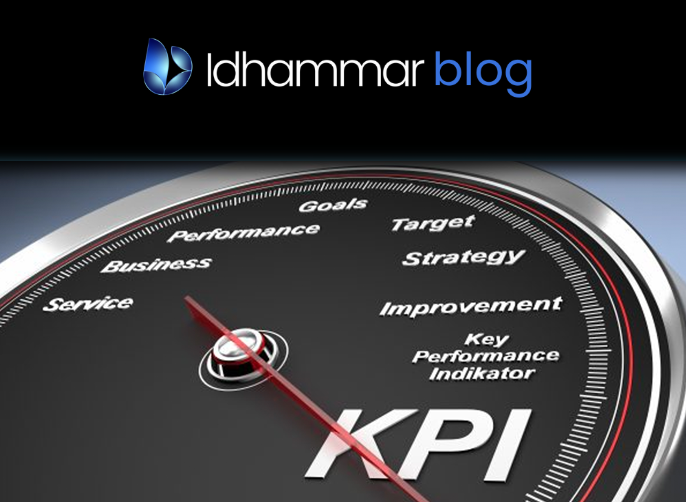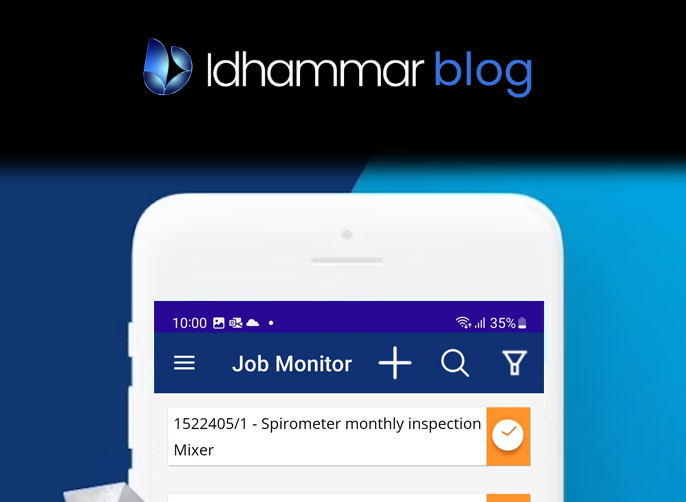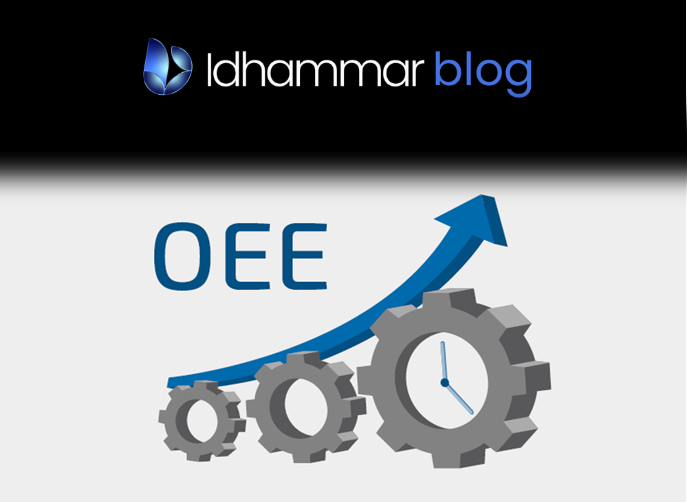The foundation of every effective company is maintaining functioning equipment. Key Performance Indicators (KPIs) monitor how effectively maintenance activities control cost, extend lifetime, and enhance productivity. These indicators show performance clearly, enabling companies to make better judgements and avoid expensive breakdowns.
Without KPIs, maintenance becomes reactive, fixing problems only as they arise. This strategy results in frequent downtime, higher costs, and wasted resources. Tracking specific KPIs helps businesses move towards proactive strategies, reducing equipment failures and improving operational continuity.
Key Maintenance KPIs to Track
Monitoring appropriate KPIs enables companies to anticipate maintenance problems. Monitoring the right KPIs enables businesses to predict maintenance issues, improve efficiency, reduce costs, and extend equipment life. Key indicators include:
Downtime (Planned vs. Unplanned)
Production schedules and profitability suffer when equipment is down. Tracking planned maintenance against unexpected failures helps prevent unnecessary disruptions and optimises maintenance schedules.
Mean Time Between Failures (MTBF)
This KPI gauges the mean interval between equipment breakdowns. Higher MTBF reflects greater equipment reliability, reducing maintenance frequency. A low MTBF may signal deeper issues such as poor-quality parts or inadequate maintenance.
Mean Time to Repair (MTTR)
MTTR tracks how long it takes to fix an asset after a failure. Reduced MTTR indicates effective repair handling, limiting downtime. Long repair times could indicate ineffective workflows, poor spare component availability, or insufficient technician training.
Planned Maintenance Percentage (PMP)
PMP compares the amount of planned maintenance to reactive maintenance. A high PMP suggests that a corporation gives preventative maintenance a top priority, therefore lowering emergency failures.
Maintenance Cost as a Percentage of Revenue
This KPI gauges the proportion of a company’s revenue that is spent on maintenance. Excessive maintenance expenses may indicate inefficiencies, too frequent downtime, or misuse of emergency repairs. Monitoring this helps businesses balance reliability with cost control.
Work Order Completion Rate
This statistic records the proportion of work orders completed in a timely manner. Tracking completed work orders reflects maintenance team efficiency. Low completion rates may suggest backlogs, inefficient processes, or resource shortages.
Why Maintenance KPIs Matter?

KPIs provide tangible insights that guide performance improvements. Data helps companies identify inefficiencies rather than relying on guesswork. If downtime is severe, for instance, the data may reveal that most problems originate with a certain component. Rather than constantly fixing that part, a business can invest in better-quality substitutes or modify maintenance or adjust maintenance schedules to prevent repeated failures.
KPIs also help to align with the maintenance efforts with more general corporate goals. For instance, increasing MTBF and MTTR directly helps to determine Overall Equipment Effectiveness (OEE), a main key operational efficiency measure of operational efficiency. Optimised maintenance helps companies save money, boost production, and lower unplanned downtime.
Best Practices for Using KPIs
Successful use of maintenance KPIs requires a methodical approach. Adhering to the highest standards guarantees that companies obtain insightful analysis and support ongoing development.
Set SMART Goals
KPIs should be specific, measurable, achievable, relevant, and time-bound (SMART). Teams won’t know what to aim for if their goals are nebulous or unachievable.
Use Historical Data
Leveraging past performance data helps set realistic goals and track trends over time.
Monitor and Adjust
Plans must vary with the times as business does. KPIs remain relevant by constant assessment and improvement.
Make Data Accessible
KPIs enable executives and maintenance staff to remain informed. Real-time, clear data improves accountability and decision-making.
Real-World Applications of Maintenance
Industries such as manufacturing, logistics, and utilities leverage maintenance KPIs to improve asset utilisation, reduce downtime, and optimise maintenance strategies:
Manufacturing
By raising PMP, a car maker cut unexpected downtime by 30%. Equipment failures fell considerably when reactive to preventative maintenance was switched. Mean Time to Repair (MTTR) also points out places where repair times may be reduced. Improved control and scheduling enable personnel to finish maintenance jobs more quickly, therefore increasing the availability of equipment.
Logistics
By controlling spare parts inventories and technician scheduling, a distribution centre raised its work order completion rate from 70% to 95%. Faster repairs reduced delivery delays, therefore improving customer satisfaction. Through rigorous analysis of Maintenance Cost as a Percentage of Revenue, the business discovered cost-effective repair projects and substitutes to identified cost-saving opportunities.
Utilities
Tracking maintenance expenditures as a percentage of sales allowed an energy firm to minimise maintenance expenses by 15%. Finding expensive repairs lets them make better investments in more robust machinery. Tracking Mean Time Between Failures (MTBF) also allows them forecast and stop failures before they start. Using more substantial long-term maintenance plans built from enhanced data on asset performance, the organisation reduced unplanned outages and raised operational dependability. Improved MTBF tracking allowed them to predict failures and implement proactive strategies, minimising unplanned outages and ensuring regulatory compliance.
How Idhammar Helps?

Tracking KPIs effectively requires tools that analyse data and provide actionable insights. The solutions at Idhammar enable businesses to boost productivity and streamline maintenance tracking:
Comprehensive Reporting and Dashboards
Real-time KPI tracking made possible by Idhammars CMMS, Computerised Maintenance Management System, guarantees companies have current understanding of important benchmarks such MTBF, MTTR, and downtime.
Customisable KPI Tracking
Every industry has unique maintenance requirements. Idhammar offers flexibility and adaptability by letting users design and monitor KPIs that align with their goals.
Data-Driven Insights
Idhammar produces exact KPI calculations by combining predictive maintenance technologies and IoT devices. Accurate data guides companies in making decisions and streamlining maintenance plans.
Performance Benchmarking
Idhammar CMMS helps businesses match their maintenance KPIs with industry benchmarks. Finding performance gaps lets companies focus on particular areas for improvement work.
Proactive Maintenance Planning
Analysing PMP and work order completion rates helps Idhammar support proactive approaches. By analysing PMP and work order completion rates, Idhammar empowers businesses to prioritise planned maintenance, reducing reactive repairs and improving efficiency.
Conclusion
Using maintenance KPIs drives smarter decisions, reduces costly breakdowns, and ensures businesses operate efficiently. Data-driven maintenance strategies improve asset reliability, lower expenses, and increase productivity. With Idhammars powerful tools and tailored KPI tracking, companies can proactively manage maintenance challenges and unlock long-term growth.





